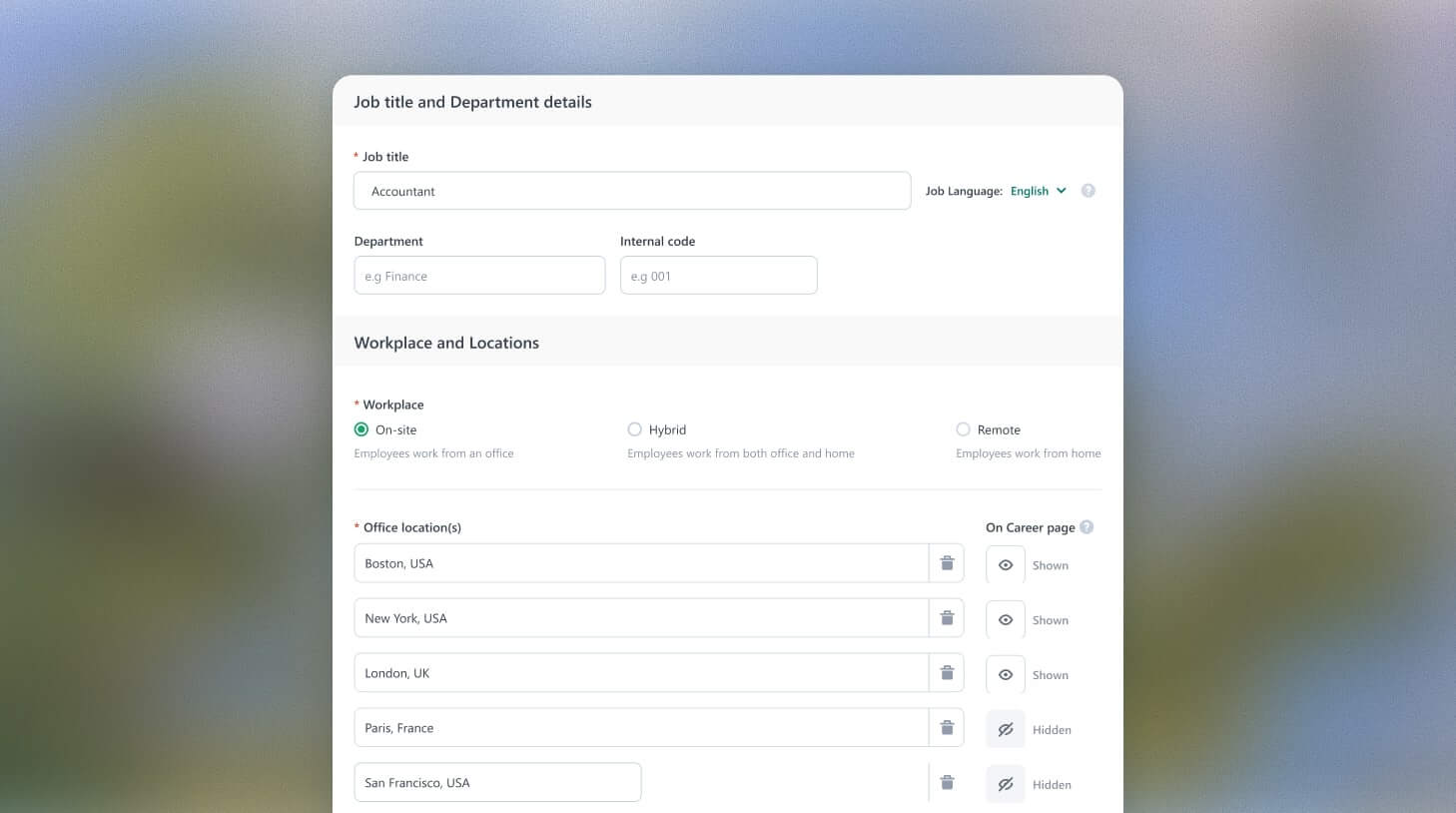D&D work alignment charts: are you Leslie Knope or Homelander?
Ever wondered if you’re the Leslie Knope or the Homelander of your workplace? We've created a workplace chart based on the alignment charts of Dungeons & Dragons so you can find out for yourself!

If you played Dungeons & Dragons as a kid, then you’ll love this one – we’ve taken the standard alignment chart and found nine famous characters from TV and movies who fit to each of the nine alignments.
Don’t know Dungeons & Dragons? That’s OK – in short, each of the nine categories shows the “alignment” of a specific character in this world – whether they’re good, neutral, or evil, and whether they take a lawful, neutral, or chaotic approach to their decision-making process.
And as it happens, 2024 marks the 50-year anniversary of the original Dungeons & Dragons roleplay game, so it’s a perfect time to do this. First, we’ll describe what a worker looks like under each of the nine alignments, and then provide a specific example from TV or movies that fit that mold.
Ready? Let’s start!
Contents
1. Lawful Good
Employees who are lawful good value company policies and ethical standards. They will address challenges by adhering to established protocols and seeking fair solutions that benefit everyone. They are the dependable ones who follow rules but also ensure that actions are morally just.
Example: Leslie Knope (Parks and Recreation) – Dedicated to her community, always striving to do the right thing within the framework of rules.
2. Neutral Good
Neutral good employees focus on the well-being of their colleagues and the company. They adapt to changes flexibly, aiming to do what’s best for the greatest number of people, even if it means bending some rules or creating new ones.
Example: Jim Halpert (The Office) – Aims to do good in a general sense, often without being overly concerned with strict rules or rebelling against them.
3. Chaotic Good
Workers who fall into the chaotic good category prioritize innovation and positive outcomes over traditional methods. When facing challenges, they might disregard standard procedures in favor of creative or unconventional solutions that benefit the team or customers, even if it means challenging authority.
Example: Eleven (Stranger Things) – Uses her powers to protect her friends and fight against evil forces, often breaking rules and defying authorities to do what she believes is right.
4. Lawful Neutral
Lawful neutral individuals are the enforcers of company policies and traditions. They approach workplace changes with a focus on maintaining order and structure, adhering to rules and systems even if it means slower adaptation to new challenges.
Example: Mando (The Mandalorian) – Follows a strict code as a bounty hunter, showing commitment to his tasks while often remaining emotionally detached from the broader moral implications.
5. True Neutral
Employees with a true neutral alignment might strive to maintain balance. They can be seen as pragmatists who adapt to new situations while trying to maintain a balance between different approaches, without strong bias toward order or innovation.
Example: Dr. Gregory House (House M.D.) – Focuses on solving medical cases, balancing his genius and cynicism, often indifferent to good or evil, law or chaos.
6. Chaotic Neutral
The chaotic neutral workers value their independence and may resist changes that impose more structure or rules. In responding to challenges, they prioritize personal freedom and may pursue novel solutions, regardless of whether these align with company policies or goals.
Example: Jack Sparrow (Pirates of the Caribbean) – Prioritizes his freedom and self-interest, navigating through life with a flexible moral compass, often causing chaos around him to achieve his goals.
7. Lawful Evil
Employees who fall into the lawful evil bucket might use the company’s structures and rules to advance their own interests, even at the expense of others. They are adept at navigating bureaucracy and might exploit systems during times of change for personal gain.
Example: Gus Fring (Breaking Bad) – A drug lord who masquerades as a legitimate business owner, Gus uses the existing legal and social structures to his advantage, meticulously planning his moves to maintain his drug empire while presenting a facade of respectability.
8. Neutral Evil
Focused on their own advancement, neutral evil employees will use whatever means – order or chaos – to benefit themselves. During times of change, they are likely to take advantage of confusion or weakened structures to further their own ends.
Example: Thomas Shelby (Peaky Blinders) – As the cunning leader of the Peaky Blinders gang, Thomas Shelby is focused on advancing his family’s and his own status by any means necessary. He navigates between legality and criminality, using both order and chaos to achieve his ambitions, showing little regard for whom he hurts in the process.
9. Chaotic Evil
And finally – chaotic evil employees may actively disrupt processes and resist change, not for any ideological reason but to create disorder or advance their own agenda. They might sabotage new initiatives or spread dissent, caring little for the consequences to the company or colleagues.
Example: Homelander (The Boys) – Presents a facade of a hero, but his actions are driven by selfish desires and a need for power, often resorting to violence and manipulation to achieve his goals, with little regard for the consequences to others.
Agree, disagree? Tell us!
We’ve traversed the spectrum from the steadfastly ethical to the chaotically self-serving, each illustrated with iconic characters from TV and movies.
This is all a reminder that, just as in the worlds of TV, movies, and role-playing games, our professional environments are composed of a wide range of characters, each contributing to the story in their own unique way.
What do you think? Should it be someone else? Send us your thoughts to [email protected] with “D&D” in the subject heading.
Frequently asked questions
- What is a workplace alignment chart?
- It categorizes employees based on their ethical and moral perspectives, mapped against famous TV and movie characters, to illustrate different workplace behaviors.
- How does an alignment chart help in understanding workplace dynamics?
- It offers a fun and relatable way to recognize and appreciate the varied approaches individuals bring to their roles and decision-making processes.
- Can you give an example of a lawful good character in the workplace?
- Leslie Knope from Parks and Recreation exemplifies lawful good with her dedication to community and adherence to ethical standards.
- Which TV/movie character best represents chaotic good if they were in the workplace?
- Eleven from Stranger Things, who prioritizes protecting friends over conforming to traditional methods, embodies chaotic good.
- What does a chaotic evil alignment signify in a professional setting?
- It represents individuals who may disrupt or resist change for personal gain or to create disorder, such as Homelander from The Boys.




